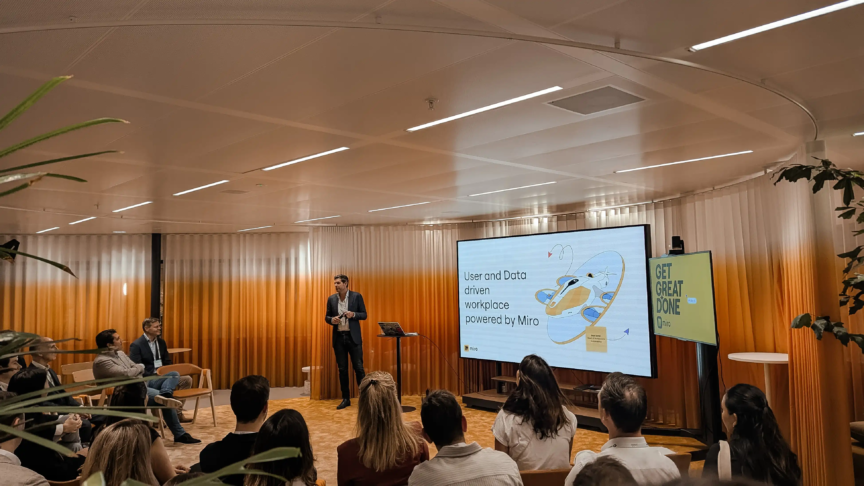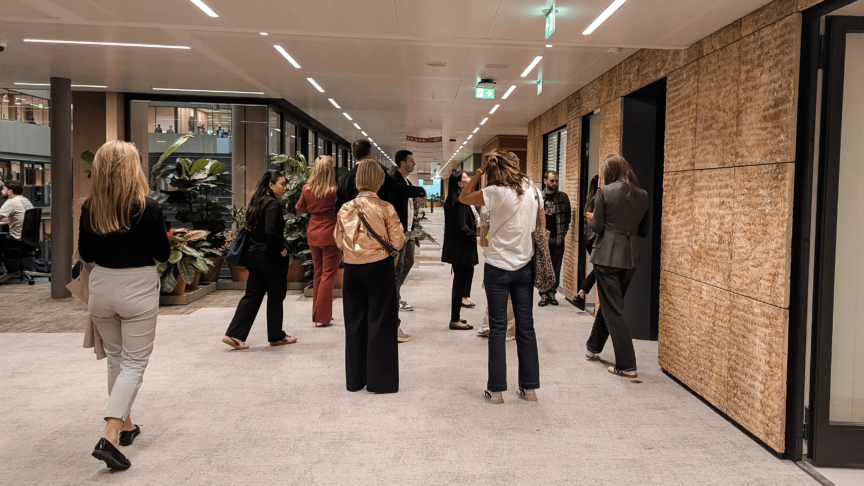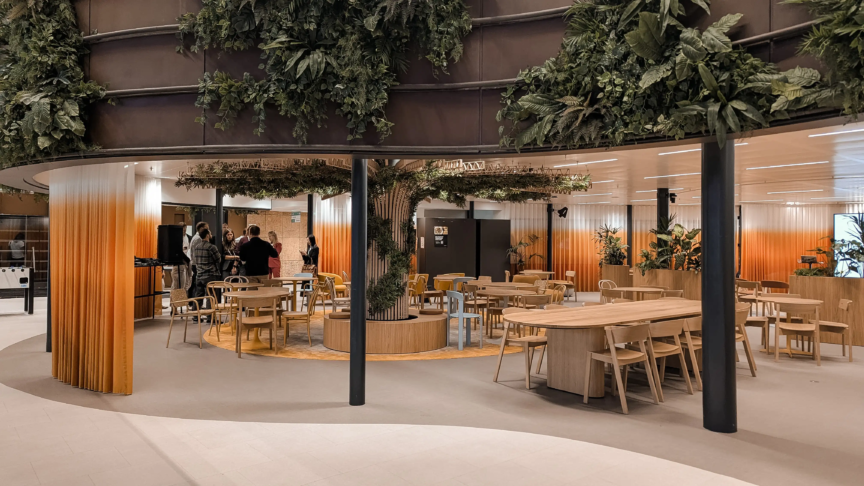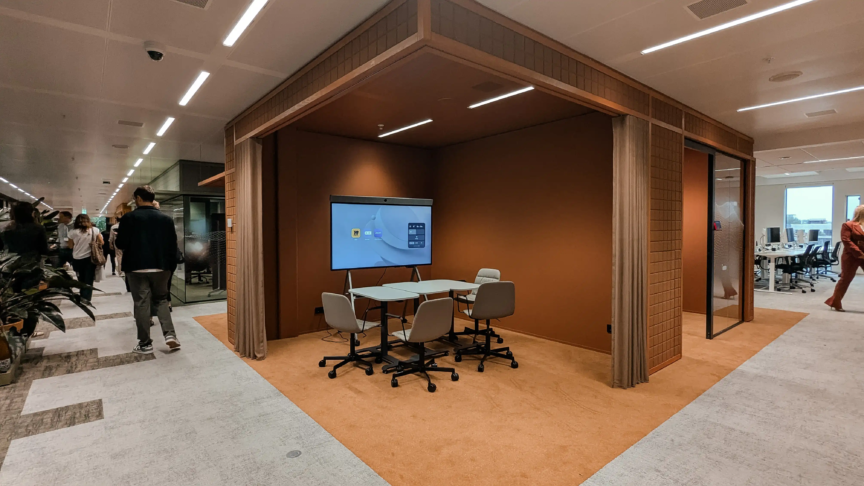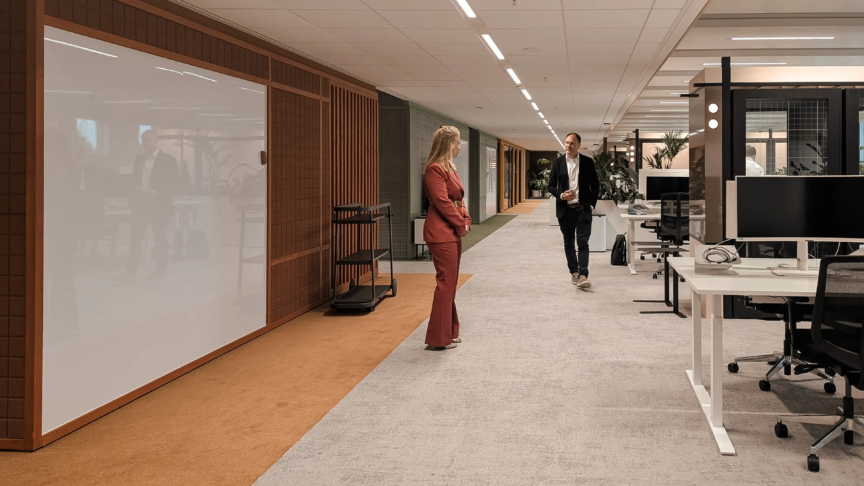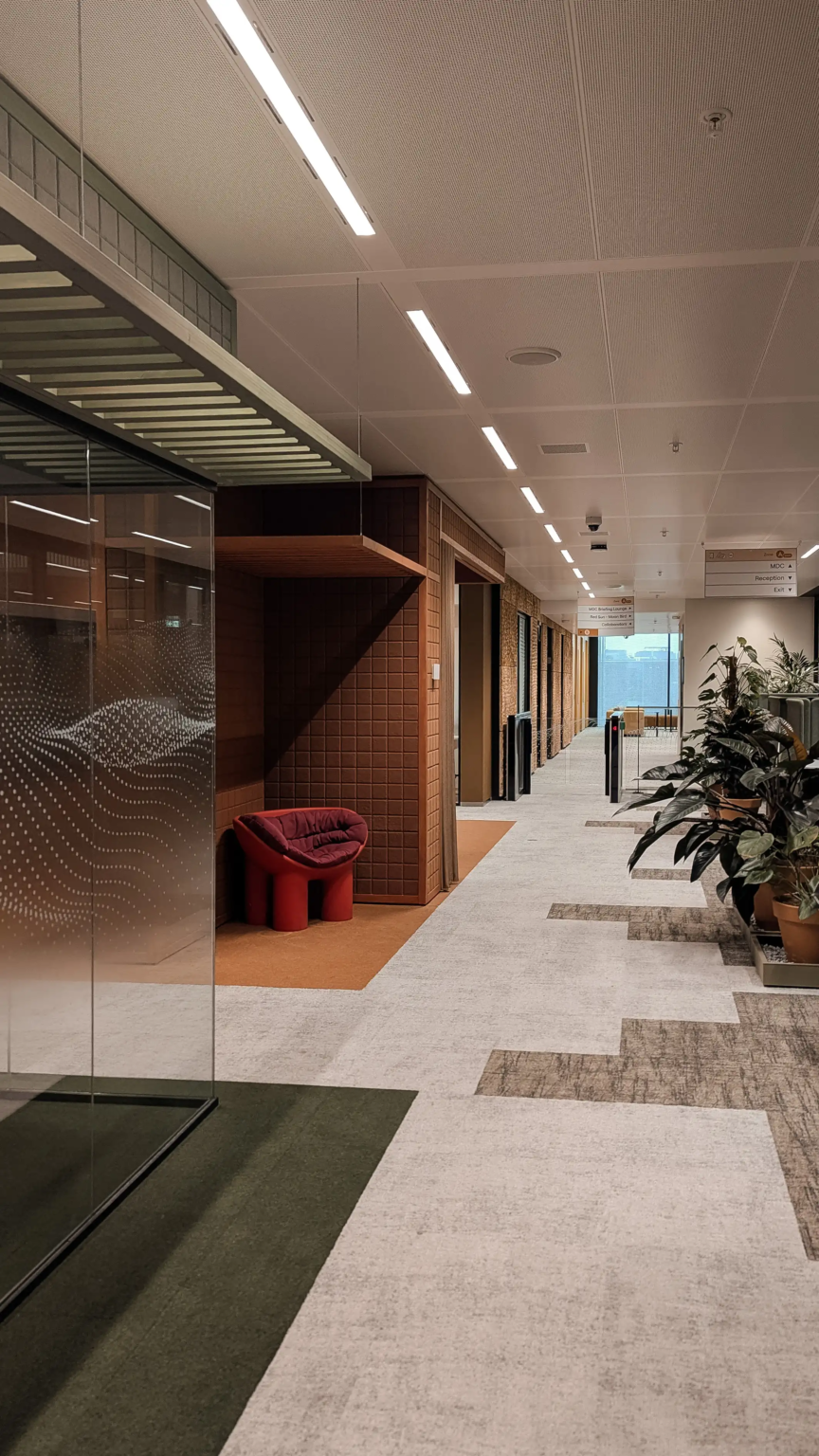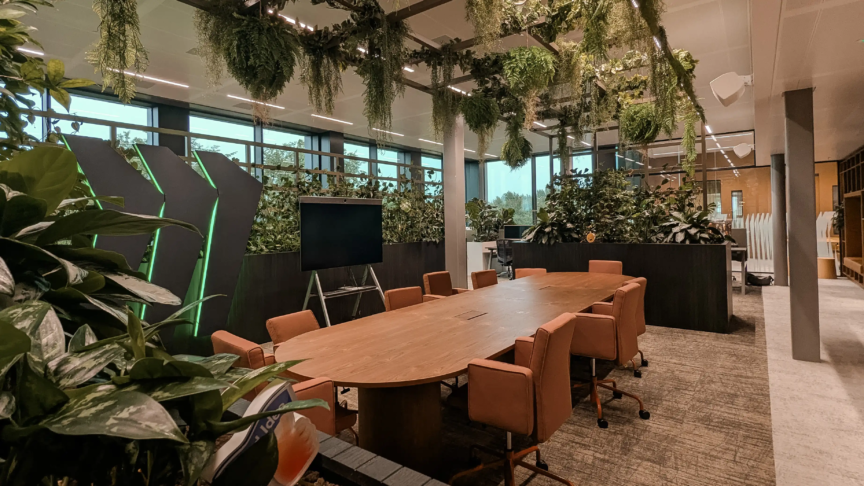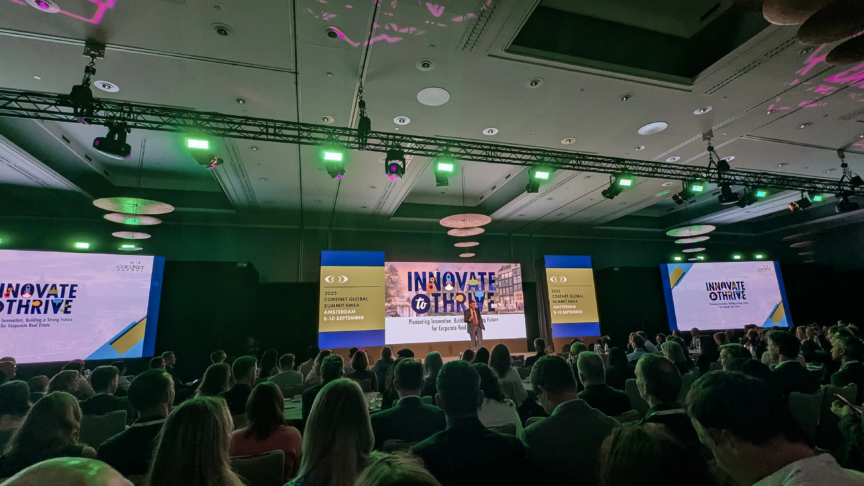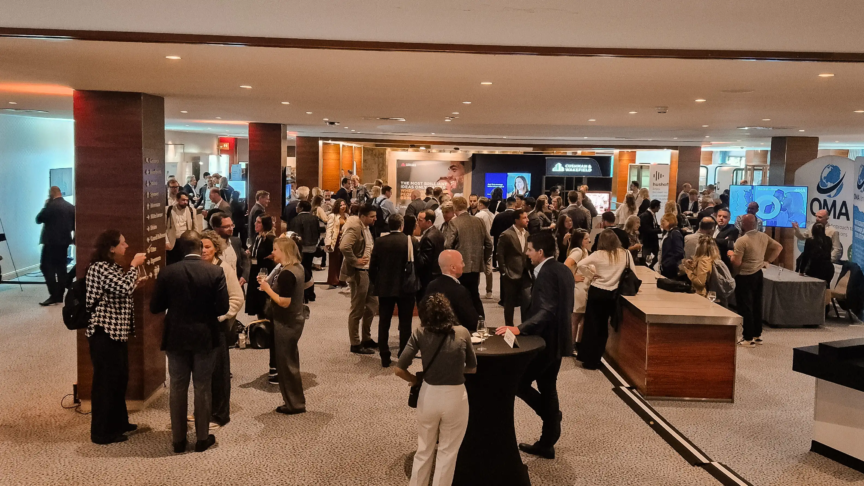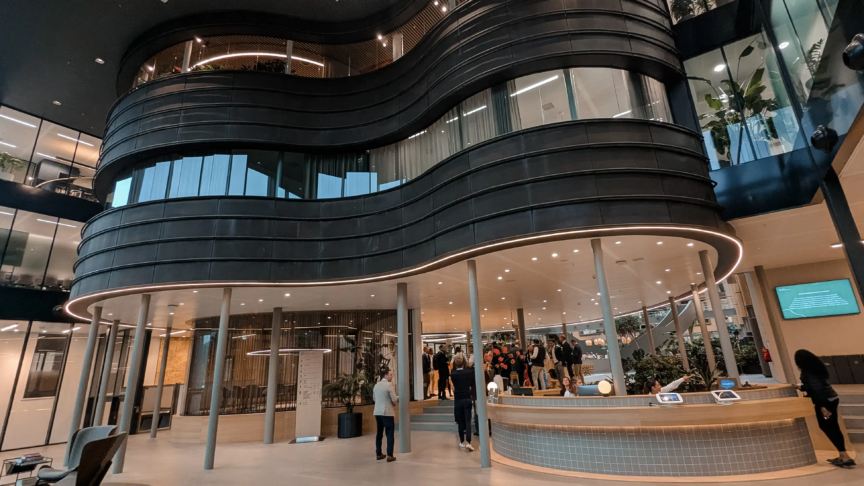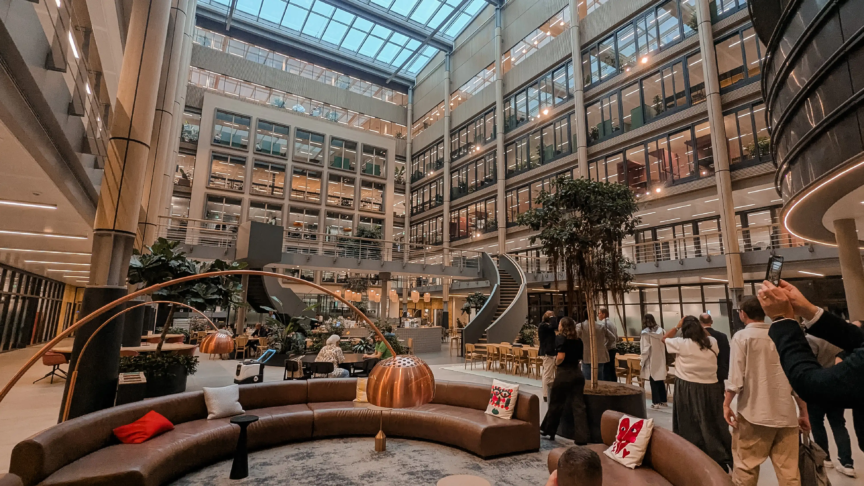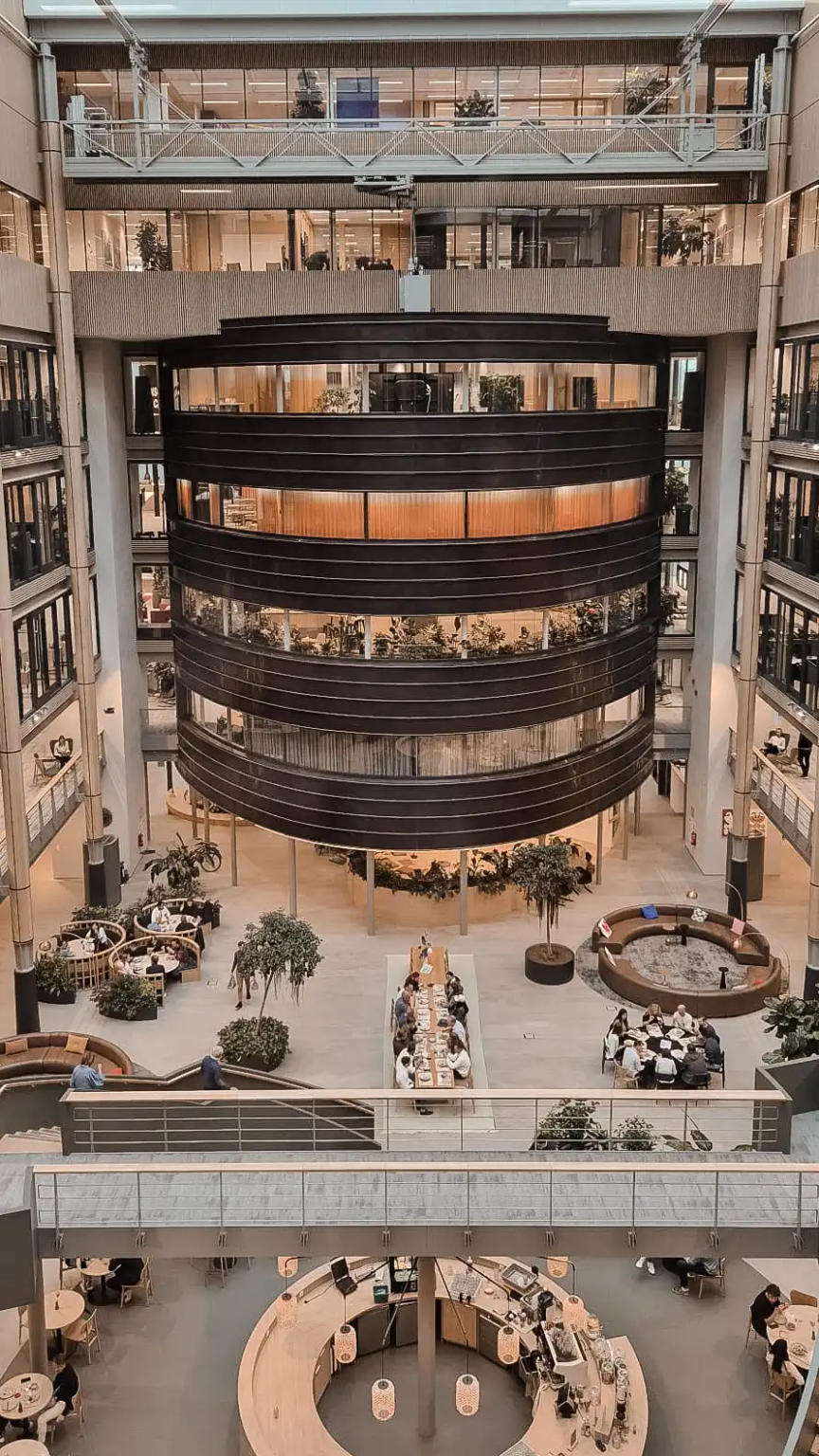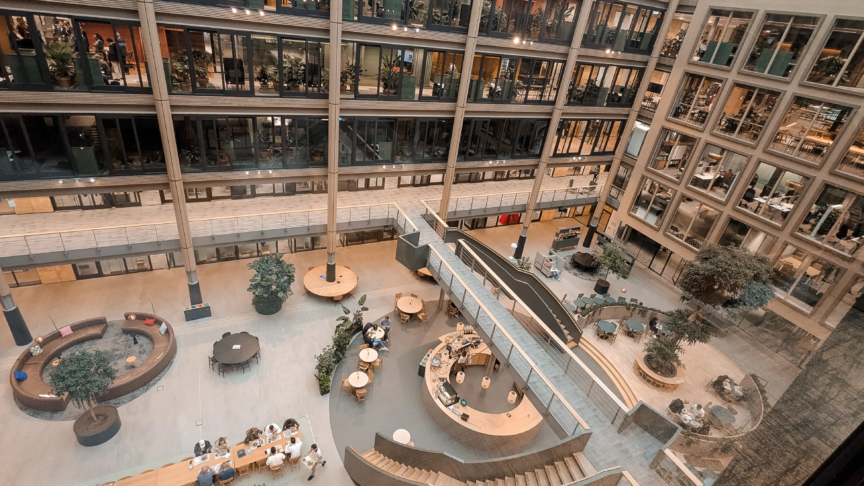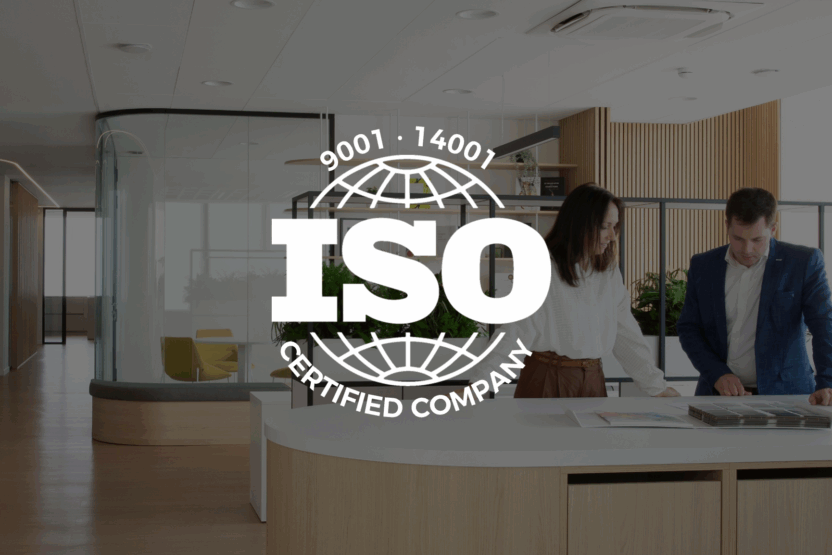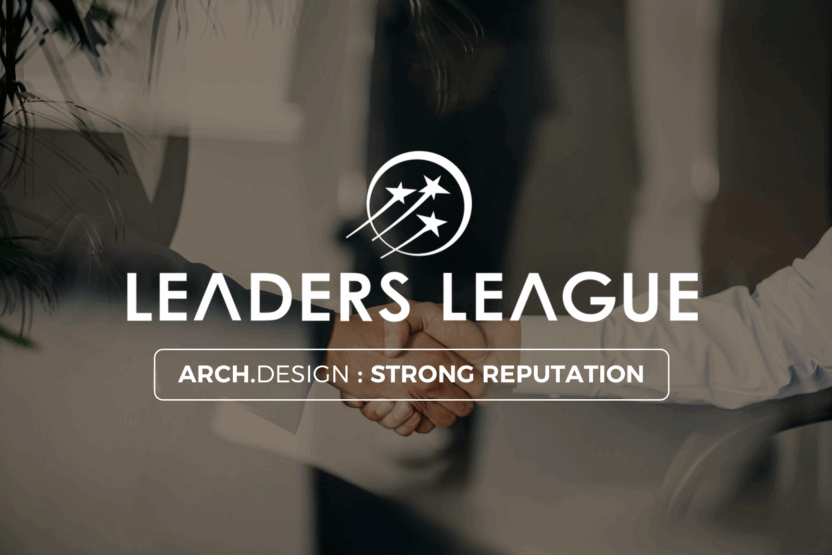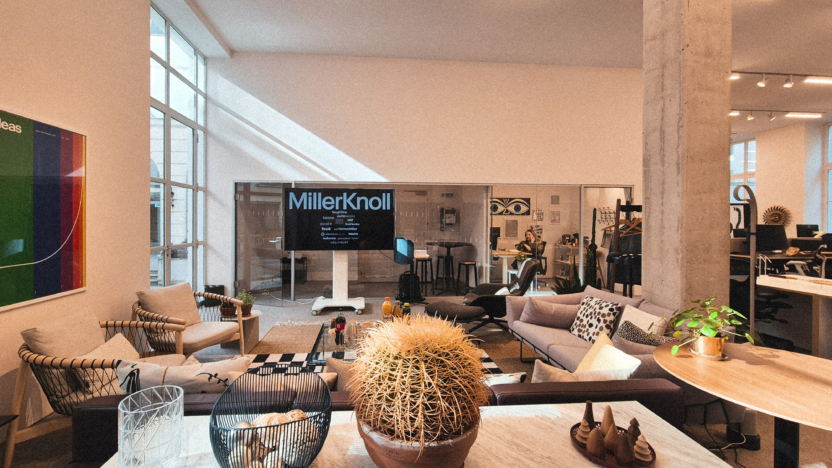EMEA CoreNet Summit – Workspace at the heart of the debate
29 September 2025 – 8 minutes to read
The EMEA Corenet Summit brought the real estate ecosystem together in Amsterdam at the beginning of September for three intense days packed with content. Benchmarks, studies and trend analyses shared the stage with feedback from property managers, service providers and experts.
At the heart of the debates was the role of real estate as a business performance lever in a context of permanent uncertainty, market volatility, changing working practices and environmental pressure. But it is not an easy lever to activate for real estate departments, which are difficult to position, sometimes have limited power to influence and, above all, are subject to contradictory injunctions.
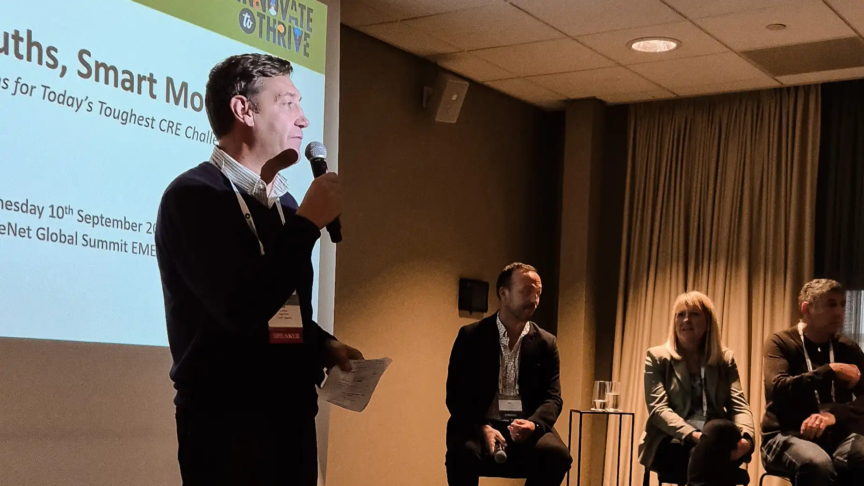
The event was punctuated by a large number of conferences, each as rich as the next, and it would be impossible to list them all here. Let’s take a look at a few of them:
Hard Truths, Smart Moves: Creating Solutions for Today’s Toughest CRE Challenges
The conference brought together Toby Chapman of Arcadis, Philip Cohen of Securitas Group and Shelley Frost of Dsm-Firmenich to discuss Knight Frank’s latest study, (Y)our Space.
Key issues for real estate departments
It provided an opportunity to discuss the many challenges facing real estate departments today:
- Portfolio: right-sizing it while remaining as agile as possible, relocating certain functions
- Strategy: monitor and support corporate strategy, mitigate economic and operational risks
- Workspaces: adapting them to new ways of working, providing the expected equipment and services, adapting the design and types of spaces – Discover the ARCH.DESIGN methodology.
- CSR: implementing our commitments at portfolio level – Our CSR commitment
Rationalising without reducing
Among the levers mentioned, it should be noted that rationalising the property portfolio is not limited to reducing it.
The approach is much more complex, and sometimes involves relocating certain sites, favouring small local sites over a large unoccupied head office, rethinking the organisation and types of space according to actual use, limiting the surface area under traditional leases and allowing for flexibility in coworking.
Rethinking geographical locations
Rethinking geographical locations to match resources has also become a real trend.
For example, the major players in the tech industry are moving closer to areas with the most highly qualified and, why not, least expensive profiles. Laboratories will locate in academic clusters.
The headache of space utilisation rates
Another major challenge is the famous space utilisation rate. But the challenge facing real estate departments is not so much a return to the office per se. The problem they face today is not being able to smooth out the level of presence throughout the week.
“How do you get away from overcrowding on Tuesdays and Thursdays, and completely empty offices on Fridays?”
Among the solutions put forward: imposing one Monday and one Friday a month in the office for each employee, leaving it up to each team to organise itself, attracting staff by offering events on Fridays.
On the other hand, some companies opt to close their offices or part of their premises on Fridays.
A surprising finding of this conference was that, despite their expertise in the subject, backed up by a wealth of data, property departments do not feel that they are being listened to when it comes to making strategic decisions involving property.
Defining the Key Triggers for the Renaissance of the Office
The conference was attended by representatives from Here Technology, Adyen and Royal Dutch Airlines, and featured a Colliers study.
The heralded end of the ‘death of the office
The debate is still raging around the return to the office, which has been more or less imposed in recent months by a number of major groups in a variety of sectors.
But the death of the office is less heralded than before.
The hybrid model is becoming the norm
Of course, a real occupancy rate of 25% raises questions. Are offices really too big? The wrong size? What if they just need to be reinvented?
And that’s exactly what’s happening with the hybrid model, which has become a standard in the service sector.
It’s all about making people prefer the office to the home or other third place. So we’re talking about reinventing the employee experience.
Reinventing the employee experience
Coming to the office must be worthwhile. Employees will agree to make the journey if they find it worthwhile.
Here again, data is invaluable, because it is all about responding to needs and different uses, and even anticipating them. Listening to and understanding employees’ expectations is the only way to respond correctly.
And it’s not just about the services provided, with catering still topping the podium.
Above all, it’s a question of the itinerary allowed throughout the day. The spaces must offer the types of areas and equipment necessary for all the moments of work and exchange for the employee. These include workstations, of course, but also areas for collaboration, concentration, relaxation, conviviality, brainstorming and hybrid meetings.
A seamless experience is expected, with equipment that works, easy to get to grips with and assistance available.
At ARCH.DESIGN, we work with our customers to create environments adapted to these new uses. Discover our collaborative spaces and hybrid offices designed to enhance the employee experience.
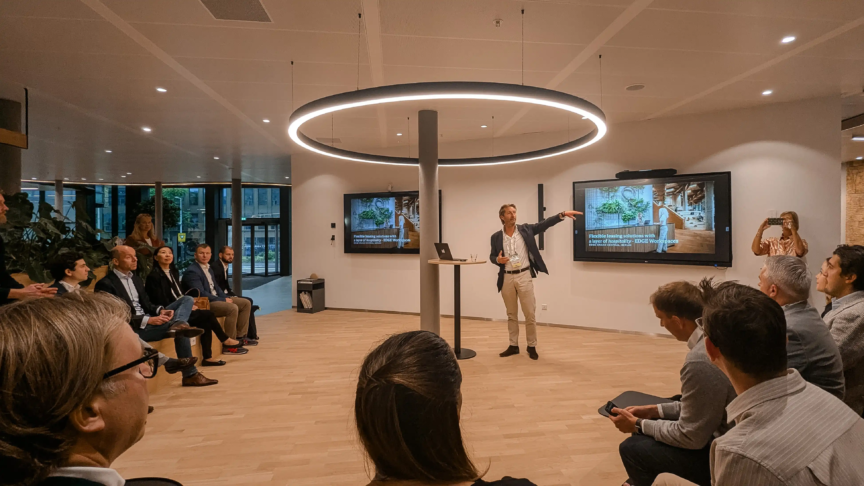
Place vs. Spaces — Does Workplace Experience Matter More than Location ?
This is another subject that caught our attention. Which is the most powerful lever – geographical location or spatial planning?
In the opinion of the audience, it was clearly both, as opinions were split 50-50 and did not change after the debates. And that’s understandable, because obviously both are important.
Location: a major attraction criterion
We know, for example, that generation Z shuns business districts because they don’t find the neighbourhood life they are looking for when they leave the office. Canary Wharf is currently paying the price, as has Paris La Défense.
In the Paris region, choosing a central location with excellent public transport links is key to attracting and retaining talent. All the more so if their competitors have made this choice before them.
For example, consultancies, historically based in La Défense, are tending to move closer to the centre of Paris to attract young graduates.
But teleworking is reshuffling the deck, and some companies see it as an opportunity to expand their employment pool. In this case, proximity to a train station or airport is the most important factor.
Quality of space: a decisive factor
Today’s candidates will not hesitate to ask to visit the premises during the recruitment process. This is one of the criteria for choosing a future employer.
And the comparison will not just be with other companies, but also with the employee’s own home.
In fact, Leesman’s research shows that the proportion of employees who have dedicated and equipped a room in their home for teleworking has increased enormously since 2024.
It’s easy to see why the office has to be worth the trip.
As well as the quality of the space and equipment, we mustn’t forget that the premises must also embody the brand, the company and its businesses, its culture and its values. They are a powerful vehicle for both internal and external communication. Why do without them?
Finding the right balance between location and layout
At the end of the day, it’s not a question of location versus fit-out, but rather a choice and an intelligent balance to be struck between the two. And the equation is not always easy, with limited budgets and very high rent levels in central areas.
Our conclusion: workspace, a lever for sustainable performance
Above all, the three days organised by CoreNet gave us the opportunity to exchange ideas with the professionals present. This provides us with food for thought and points the way to the issues we will be working on to help our customers make their workspaces a real driver of performance, now and in the future.
Would you like to discuss your property plans?
A question or just a thought? Do you want to rethink your workspaces?
Write to us by completing the form below. We will take the time to study your request and get back to you as soon as possible!
ARCH.DESIGN HQ
13 rue de Caumartin
75009 Paris
contact@arch.design
+33 1 74 92 26 00
London, Dublin, Frankfurt, Zürich, Milan, Madrid, Amsterdam, Belgium, Luxemburg, Edimbourg
